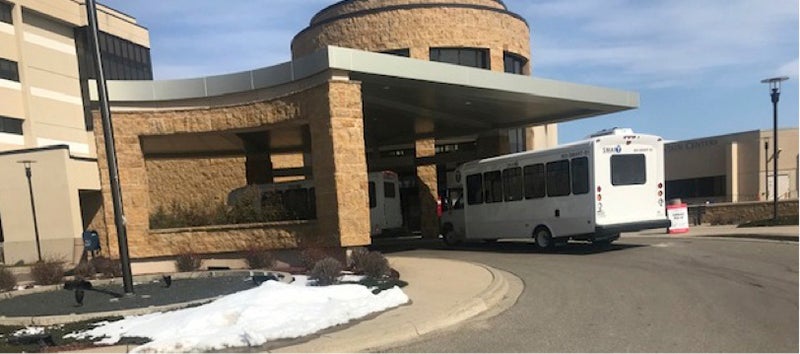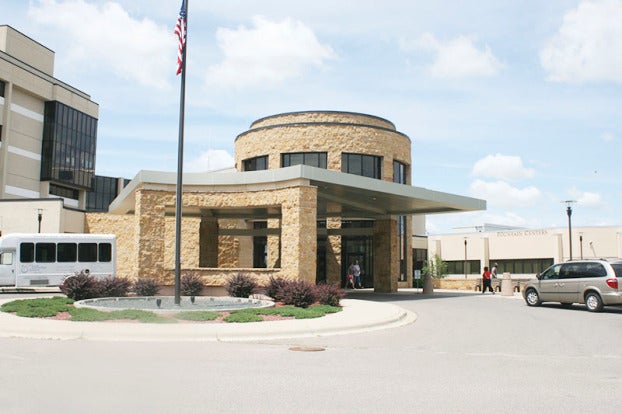Daily COVID-19 update: Active caseloads recede; vaccination pace improves
Published 1:41 pm Tuesday, January 26, 2021
|
Getting your Trinity Audio player ready...
|
By Minnesota Public Radio and Albert Lea Tribune
Minnesota’s COVID-19 picture continues to brighten as the state closes out January, with new and active caseloads, hospitalizations and deaths all trending in the right direction. New numbers also show the state’s first sustained and significant rise in the pace of vaccinations.
The Health Department on Tuesday reported 727 confirmed or probable cases of the disease — along with eight more deaths.
There are now 9,788 active, known COVID-19 cases — the first time since mid-October that count is below 10,000. In late November, those cases hovered around 50,000. Overall, conditions have improved significantly from late November and early December.
Tuesday’s data put Minnesota at 456,490 cases in the pandemic. Of those, about 97 percent of people have recovered to the point they no longer need to be isolated.
The newly reported deaths raised Minnesota’s toll to 6,106. Among those who’ve died, about 63 percent had been living in long-term care or assisted living facilities; most had underlying health problems.
The number of people hospitalized with COVID-19 dropped to 496, with 100 needing intensive care, as of Monday. It’s the first time in more than three months that the number of current hospitalizations was below 500.
South-central Minnesota update
Freeborn County reported just two new COVID-19 cases and no new deaths on Tuesday.
The county’s active cases also declined, down six from Monday to 106.
The new cases were people ages 10-14 and in their 30s.
Freeborn has had 2,549 total cases and 23 deaths.
The following are updates on other area counties:
- Faribault County: 16 new lab-confirmed cases; 1,072 total cases.
- Mower County: 73 new lab-confirmed cases; 3,635 total cases.
- Steele County: 13 new lab-confirmed cases; 2,768 total cases.
- Waseca County: 16 new lab-confirmed cases; 1,903 total cases.
Cases spread across age groups, regions
People in their 20s still make up the age bracket with the state’s largest number of confirmed cases — nearly 87,000 since the pandemic began, including nearly 46,000 among people ages 20 to 24.
The number of high school-age youth confirmed with the disease has also grown, with more than 35,000 total cases among those ages 15 to 19 since the pandemic began.
Although less likely to feel the worst effects of the disease and end up hospitalized, experts worry youth and young adults will spread it to older relatives and members of other vulnerable populations.
It’s of particular concern because people can have the coronavirus and spread COVID-19 when they don’t have symptoms.
Caseloads continue to trend down across all regions of the state following a late December, early January blip.
Hot spots continue to pop up in rural counties relative to their population.
Caseloads still heaviest among people of color
In Minnesota and across the country, COVID-19 has hit communities of color disproportionately hard in both cases and deaths. That’s been especially true for Minnesotans of Hispanic descent for much of the pandemic.
Even as new case counts ease from their late November, early December peaks, the data shows people of color continue to be hit hardest.
Distrust of the government, together with deeply rooted health and economic disparities, have hampered efforts to boost testing among communities of color, officials say, especially among unauthorized immigrants who fear their personal information may be used to deport them.
Similar trends have been seen among Minnesota’s Indigenous residents. Counts among Indigenous people jumped in October relative to population.
Vaccination frustration mounts; numbers improve
State leaders have been challenged early-on to get more shots into more arms, and they’ve taken criticism that the process has been too slow.
But the latest data shows that the upswing in vaccinations may finally be underway.
Gov. Tim Walz on Monday rolled out plans to deliver COVID-19 vaccinations to 15,000 educators in the Twin Cities metro area this week, ease the online shot signup hassles for those 65 and older and push providers to get shots into arms more quickly.
Hoping to speed the process, Minnesota officials said the state will set a goal for vaccine providers to get 90 percent of their vaccine doses into arms within three days of receiving them, and all doses within one week.
Providers not meeting those goals could see changes to their vaccine allocations, the governor’s office said, noting that national chain pharmacies are lagging behind other vaccine providers in getting shots to Minnesotans.
The Health Department also revamped an online shot signup process that crashed last week as people 65 and older rushed to make appointments for a limited supply of vaccine.
The overhauled effort kicked off Tuesday morning, giving older Minnesotans a 24-hour window to register for a chance to get a shot appointment. People in that registration pool will be randomly selected to receive a shot, rather than the earlier system of first come, first served.
Demand continues to far outpace supply. The state has 8,000 doses earmarked this week for those 65 and older, 2,000 more than last week.
More than 265,000 Minnesotans received at least one dose of COVID-19 vaccine as of Friday, but that’s less than 5 percent of the population.






